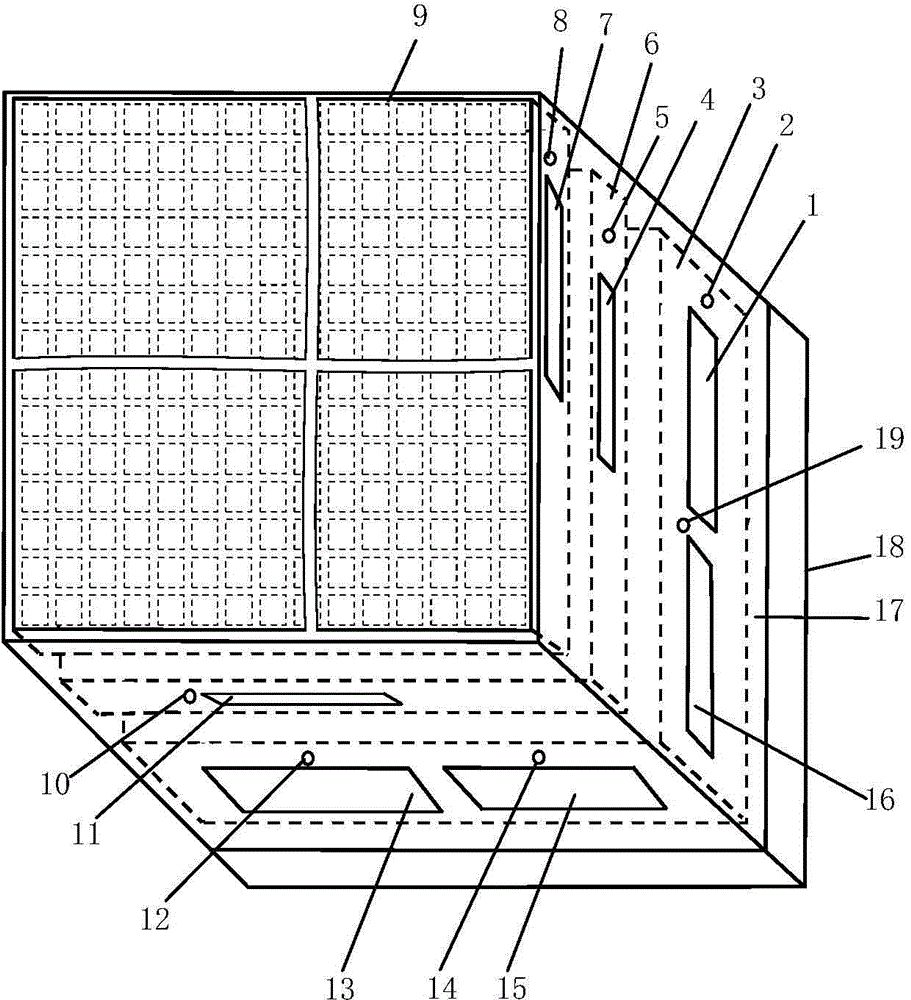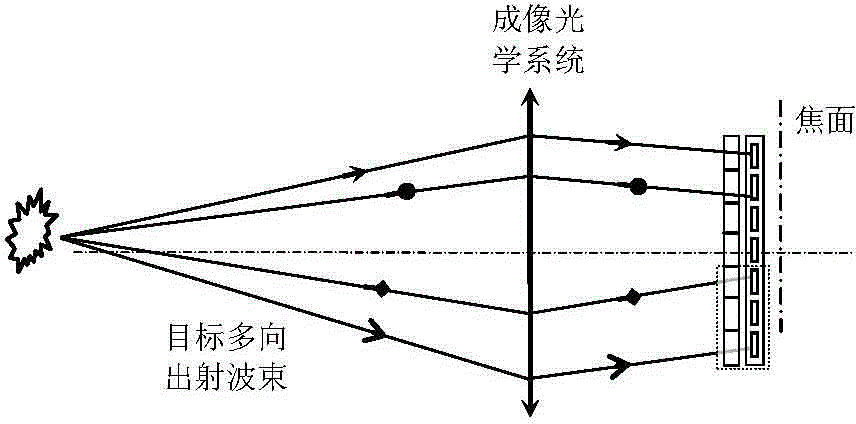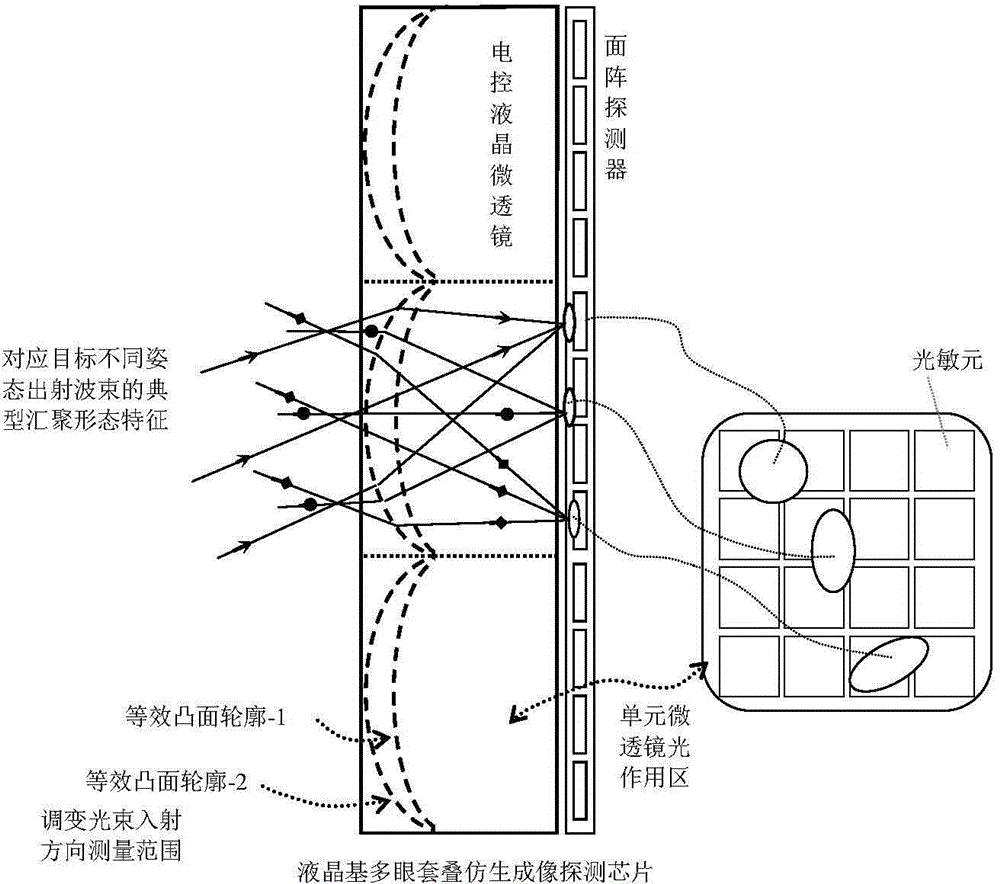Liquid crystal element multiple eye telescoping bionic imaging detection chip
A chip and liquid crystal technology, applied in the field of imaging detection, can solve the problems of slow response, small structure size, limited imaging modulation ability, etc., and achieve the effects of convenient use, convenient connection and good adaptability
- Summary
- Abstract
- Description
- Claims
- Application Information
AI Technical Summary
Problems solved by technology
Method used
Image
Examples
Embodiment Construction
[0023] In order to make the object, technical solution and advantages of the present invention clearer, the present invention will be further described in detail below in conjunction with the accompanying drawings and embodiments. It should be understood that the specific embodiments described here are only used to explain the present invention, not to limit the present invention. In addition, the technical features involved in the various embodiments of the present invention described below can be combined with each other as long as they do not constitute a conflict with each other.
[0024] Such as figure 1 As shown, the liquid crystal-based multi-eye telescopic imitation imaging detection chip of the present invention includes: a chip housing 17, a metal support and heat dissipation plate 18, and a multi-eye telescopic imaging detection structure.
[0025] The multi-eye telescopic imaging detection structure is set in the chip housing 17 and includes a drive control and im...
PUM
 Login to View More
Login to View More Abstract
Description
Claims
Application Information
 Login to View More
Login to View More - R&D
- Intellectual Property
- Life Sciences
- Materials
- Tech Scout
- Unparalleled Data Quality
- Higher Quality Content
- 60% Fewer Hallucinations
Browse by: Latest US Patents, China's latest patents, Technical Efficacy Thesaurus, Application Domain, Technology Topic, Popular Technical Reports.
© 2025 PatSnap. All rights reserved.Legal|Privacy policy|Modern Slavery Act Transparency Statement|Sitemap|About US| Contact US: help@patsnap.com



